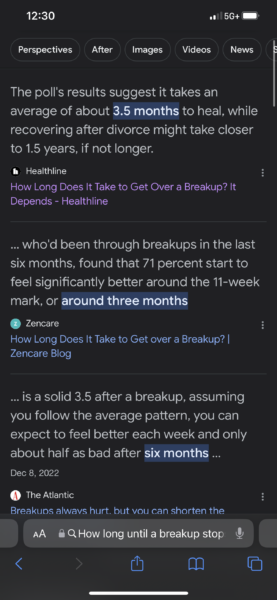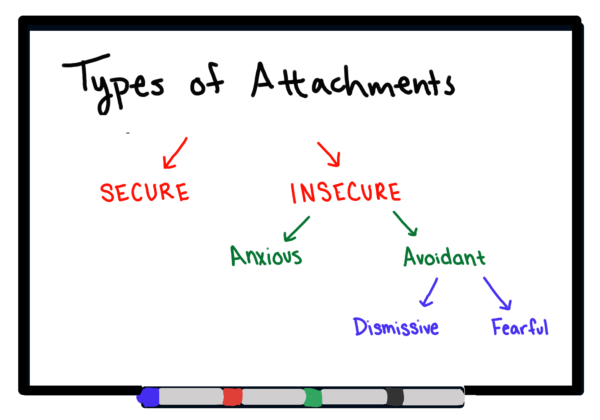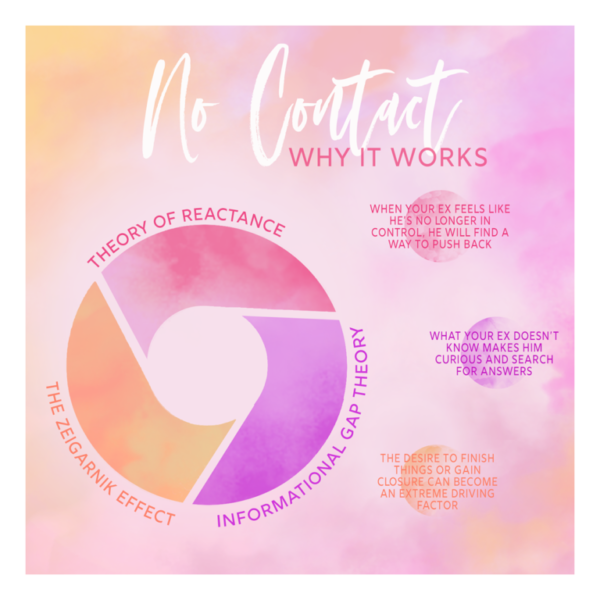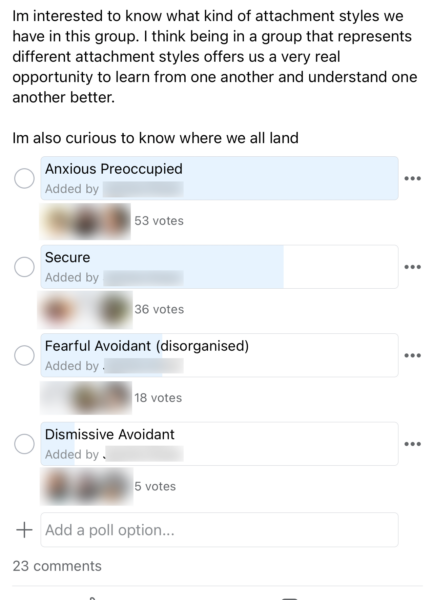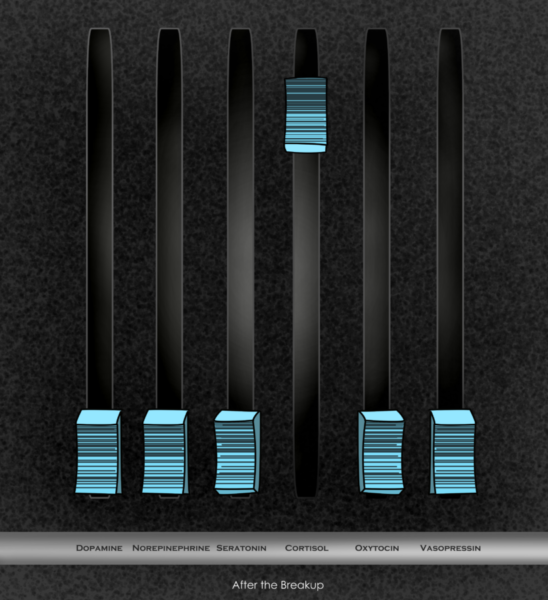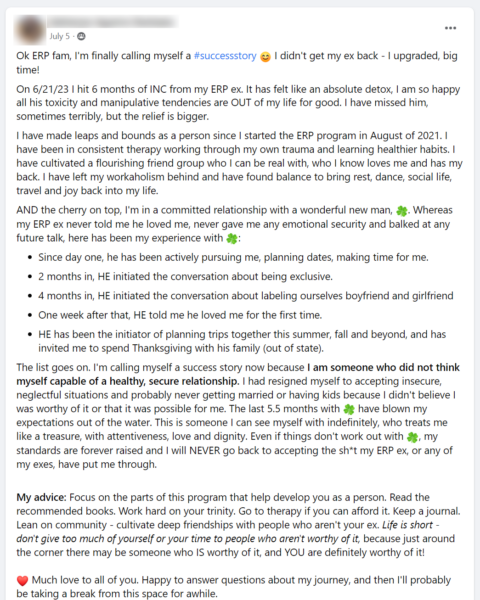Today I’m going to show you how long it takes to get over a breakup.
Right off the top one thing I want to make clear is the fact that there isn’t a one size fit’s all answer. As you’ll find out when I start going, almost no one agrees.
The best anyone can do is give you a timeframe of how long it’ll take and that’s what I’ll be doing today. I’ll be talking abou tthings like,
- The variability of healing timeframes
- Factors that prevent you from moving on quickly
- Understanding the role attachment styles play
- The time dilation factor
- How long our average client takes to get over a breakup
- Looking at a real case study
Alright, let’s dive in!

What Are Your Chances of Getting Your Ex Boyfriend Back?
Take the quizThe Variability of Healing Timeframes
The first thing I want to emphasize is the sheer amount of variability in healing timeframes that exist.
Everyone holds a different opinion on the duration required to recover and heal from a breakup.
To illustrate this, I previously penned an article exploring the time it generally takes to alleviate the pain following a breakup. In that article, I sought to answer this exact question: How long does it take to stop hurting?
- My research spanned various sources,
- Including our own polling data
- Opinions from online forums
- Scientific research,
- Even insights from artificial intelligence.
What astonished me was the lack of consensus on this matter. I mean, just look at this screenshot from Google when I ask it how long it takes to heal,
And it gets even crazier,
- For instance, a 2007 study suggested three months
- A 2017 survey indicated 18 months
- And a TED talk I came across proposed 11 months.
- My own internal research pointed to a span of 5 to 7 months
- Cortisol studies I examined hinted at 6 months
- ChatGPT posited durations ranging from 18 months to 3 years or as short as 3 months
- While Google’s Generative AI offered estimates between 3 and a half months to 1 and a half years.
It would be misleading for me to assert that there is a one-size-fits-all answer to this question.
Factors Influencing The Duration Of Time Frames
Numerous factors influence the duration it takes to truly move past a breakup.
- Individuals deeply emotionally invested in a relationship, experiencing intense feelings and connections, may find it takes longer to heal compared to someone who had a less profound experience.
- Personal coping mechanisms also play a significant role. Some individuals possess extensive experience in navigating grief and loss, enabling them to manage emotional distress more effectively. Additionally, societal support networks can facilitate quicker recovery, especially within communities of like-minded individuals sharing similar experiences, which can alleviate feelings of isolation.
- Environmental reminders can further influence the healing process. Encountering your ex regularly, for example, can serve as a constant reminder, elevating cortisol levels and potentially prolonging the recovery period. Moreover, one’s physical health and mental well-being are crucial factors. Individuals neglecting self-care post-breakup may find themselves trapped in a negative cycle.
Interestingly, one of the pivotal aspects affecting recovery is understanding the role of attachment styles and acknowledging the presence of a time dilation factor.
Understanding Attachment Styles and Their Impact on Recovery
Let’s first discuss attachment styles.
Essentially, there are four types of attachment styles:
- Anxious
- Avoidant
- Fearful
- Secure.
These styles can be categorized into two groups: secure and insecure.
The anxious, avoidant, and fearful styles are considered insecure, while the secure style stands as the only secure category.
To understand the differences between these styles, it’s beneficial to examine their core wounds, which essentially distill them down to their simplest form. Interestingly, the secure attachment style doesn’t possess a core wound, as the objective of attachment theory or therapy is to transform an insecure style into a secure one.
Therefore, only the insecure styles harbor core wounds.
Examining the core wounds of insecure styles,

What Are Your Chances of Getting Your Ex Boyfriend Back?
Take the quiz- We find that the anxious style is characterized by a profound fear of abandonment
- While the avoidant style fears the loss of independence.
- The fearful style, on the other hand, embodies both fears, oscillating between anxious and avoidant behaviors.
Although it may not seem immediately apparent, these styles significantly influence the time it takes to recover from a breakup.
The Time Dilation Effect
Over the years, I’ve observed a fascinating time dilation effect at play.
If you’re unfamiliar with this concept, a vivid illustration can be found in the movie “Interstellar”, one of my favorite films.
In one scene, characters experience time differently depending on their location, illustrating the concept of time dilation vividly.
This phenomenon greatly impacts the duration of recovery from a breakup.
At Ex-Boyfriend Recovery, we emphasize the “no contact” rule, a 30-day period where individuals focus on self-healing rather than their ex.
However, the experience of this period varies depending on one’s attachment style.
- For instance, individuals with a secure attachment style perceive the 30 days accurately
- While those with an anxious style feel as though it lasts 45 days due to their inherent fear of abandonment.
- Conversely, individuals with an avoidant style, who value their independence, find the period to feel like only 15 days, enjoying their newfound freedom. This discrepancy in perception suggests that longer no-contact periods might be more effective for them.
- Fearful individuals, embodying both core wounds, do not experience a neutral perception of time as one might expect. Instead, they tend to align more with the anxious style, perceiving the 30-day period as lasting 45 days.
The reason understanding this concept is crucial is that it helps you gauge the personal time frame required to start witnessing progress in your recovery.
We have observed that our average client tends to exhibit an anxious attachment style,
Implying that the healing process might take longer than anticipated. While many individuals undergoing breakups may not necessarily have insecure attachment styles, a significant portion who visit our website do.
This often means that the recovery timelines are somewhat extended for our clients.
Looking At How Long It Takes Our Average Client To Get Over A Breakup
To estimate the average time it takes for our clients to move past a breakup, it is essential to note that there isn’t a one-size-fits-all answer.
The best approach is to assist clients in identifying the nature of their breakup and setting realistic expectations for the recovery period.
This process generally involves analyzing three primary data points.
- Cortisol, if it’s in an elevated state, can last as long as six months
- Generally our clients start feeling better around days 21-45 in no contact
- The three types of breakups.
Let’s start from the top!
Cortisol
Firstly, we consider the role of cortisol, known as the stress hormone.
During a breakup, cortisol levels spike significantly.
While in a typical stressful situation, elevated cortisol levels might stabilize in three to four hours, a breakup can maintain high levels for up to six months. This is the first crucial data point to consider.
Feeling Better During No Contact
Secondly, based on our research, clients undergoing a no-contact period start feeling better between the 21st and 45th day of this rule, marking another significant data point in the recovery timeline.

What Are Your Chances of Getting Your Ex Boyfriend Back?
Take the quizThe Three Time Frames
Lastly, it is vital to acknowledge that not all relationships or breakups are alike. The pain and challenges faced during a breakup after a month-long relationship will differ vastly from a divorce after 20 years of marriage.
Therefore, breakups can be categorized into three groups: big, middle, and small breakups, each requiring a different approach to healing.
Categorization of Breakups Based on Relationship Duration
Big Breakups (3-10 years)
These are relationships that have lasted a significant amount of time, where individuals have deeply intertwined lives and shared many experiences. The recovery from such relationships can be quite substantial.
Middle Breakups (9 months-2 years)
In these relationships, individuals have had enough time to form deep connections and attachments. The breakup recovery process for such relationships can be moderate, requiring a balanced approach to healing.
Small Breakups (less than 9 months)
These relationships are relatively shorter, and while the emotional investment might be less compared to longer relationships, the pain and grief experienced can still be significant. The recovery process for these relationships might be quicker but should not be underestimated.
Estimated Recovery Times for Each Category
Big Breakups
– Estimated Recovery Time: 6-12 months
– Note: Recovery might extend beyond this timeframe due to the depth of the connection and the complexity of the separation process.
Middle Breakups
– Estimated Recovery Time: 3-6 months
– Note: Individuals might find themselves oscillating between stages of grief and recovery, requiring a flexible approach to healing.
Small Breakups
– Estimated Recovery Time: 1-3 months
– Note: Despite the shorter duration, individuals should give themselves permission to grieve fully and heal at their own pace
Strategies for Efficient Recovery
In the aftermath of a breakup, the path to recovery can often seem daunting and endless. However, adopting effective strategies can significantly enhance the healing process, allowing individuals to emerge from the experience stronger and more self-aware.
This section delves into various strategies that can facilitate a more efficient recovery, emphasizing the importance of adeptly processing grief, finding wholesome distractions, and reconnecting with personal passions and interests.
Furthermore, we will explore real-life case studies of individuals who successfully navigated the recovery process, offering inspiration and guidance to others on a similar journey.
The Importance of Processing Grief Adeptly
Grieving is an inevitable part of the recovery process, and how one navigates this stage can significantly influence the overall healing timeframe.
It is essential to give oneself the permission to feel and express the myriad of emotions that accompany a breakup, be it sadness, anger, confusion, or even relief. Adept processing of grief involves acknowledging these emotions without judgment and allowing oneself the space to experience them fully.
This could mean seeking therapy or counseling to work through complex feelings, or simply giving oneself the time to cry, reminisce, and eventually let go. By facing these emotions head-on, individuals can gradually work through the pain and move towards healing.
Finding Wholesome Distractions
While it is crucial to face one’s grief, it is equally important to find wholesome distractions that can provide a respite from the emotional turmoil. Engaging in activities that bring joy and relaxation can be a powerful tool in the recovery process.
This could involve taking up a new hobby, joining a community group, or simply spending time with loved ones.
These distractions not only offer a break from the constant cycle of grief but also help in rebuilding one’s sense of self and happiness, fostering a more balanced and positive outlook on life.
Reconnecting with Personal Passions and Interests
A breakup often leaves individuals feeling lost and disconnected from themselves. During this time, reconnecting with personal passions and interests can serve as a beacon of hope and a source of rejuvenation.
Whether it’s revisiting an old hobby, pursuing a neglected passion, or even discovering new interests, this process can be incredibly healing. It allows individuals to rediscover their identity outside of the relationship, fostering a sense of self-worth and independence.
Moreover, immersing oneself in activities that ignite passion can bring a renewed sense of purpose and joy, facilitating a smoother transition into the next chapter of life.

What Are Your Chances of Getting Your Ex Boyfriend Back?
Take the quizA Look At A Real Case Study:
This is a real case study who basically proves the points I’ve been making,
Ok ERP fam, I’m finally calling myself a #successstory I didn’t get my ex back – I upgraded, big time!
On 6/21/23 I hit 6 months of INC from my ERP ex. It has felt like an absolute detox, I am so happy all his toxicity and manipulative tendencies are OUT of my life for good. I have missed him, sometimes terribly, but the relief is bigger.
I have made leaps and bounds as a person since I started the ERP program in August of 2021. I have been in consistent therapy working through my own trauma and learning healthier habits. I have cultivated a flourishing friend group who I can be real with, who I know loves me and has my back. I have left my workaholism behind and have found balance to bring rest, dance, social life, travel and joy back into my life.
AND the cherry on top, I’m in a committed relationship with a wonderful new man, . Whereas my ERP ex never told me he loved me, never gave me any emotional security and balked at any future talk, here has been my experience with :
- Since day one, he has been actively pursuing me, planning dates, making time for me.
- 2 months in, HE initiated the conversation about being exclusive.
- 4 months in, HE initiated the conversation about labeling ourselves boyfriend and girlfriend
- One week after that, HE told me he loved me for the first time.
- HE has been the initiator of planning trips together this summer, fall and beyond, and has invited me to spend Thanksgiving with his family (out of state).
The list goes on. I’m calling myself a success story now because I am someone who did not think myself capable of a healthy, secure relationship. I had resigned myself to accepting insecure, neglectful situations and probably never getting married or having kids because I didn’t believe I was worthy of it or that it was possible for me. The last 5.5 months with have blown my expectations out of the water. This is someone I can see myself with indefinitely, who treats me like a treasure, with attentiveness, love and dignity. Even if things don’t work out with , my standards are forever raised and I will NEVER go back to accepting the sh*t my ERP ex, or any of my exes, have put me through.
My advice: Focus on the parts of this program that help develop you as a person. Read the recommended books. Work hard on your trinity. Go to therapy if you can afford it. Keep a journal. Lean on community – cultivate deep friendships with people who aren’t your ex. Life is short – don’t give too much of yourself or your time to people who aren’t worthy of it, because just around the corner there may be someone who IS worthy of it, and YOU are definitely worthy of it!
It’s that last part, the part I put in quotes above that really sticks out to me,
The client highlighted the effectiveness of reading recommended books, focusing on the ‘Trinity’ concept, seeking therapy (if affordable), maintaining a journal, and fostering deep friendships outside of their previous relationship. They emphasized not investing too much time and energy into unworthy individuals, as better prospects might be just around the corner.
This case study echoes the three core strategies we advocate for efficient recovery: adept grief processing, finding wholesome distractions, and reconnecting with personal passions and interests.
The individual benefited immensely from therapy and community support, which facilitated smoother grief processing. They also engaged in wholesome distractions, such as reading and self-improvement, aligning with the ‘Trinity’ concept I developed. This concept encourages individuals to segment their life into three areas: health, wealth, and relationships, striving to maintain a balance between them. It serves as a constructive distraction, steering focus away from obsessing over the ex and towards personal growth.
Furthermore, the ‘Trinity’ concept aids in rediscovering personal passions and interests, urging individuals to identify their ‘magnum opus’ or life’s significant work. This pursuit not only provides a renewed sense of purpose and joy but also smoothens the transition into the next life chapter.”
